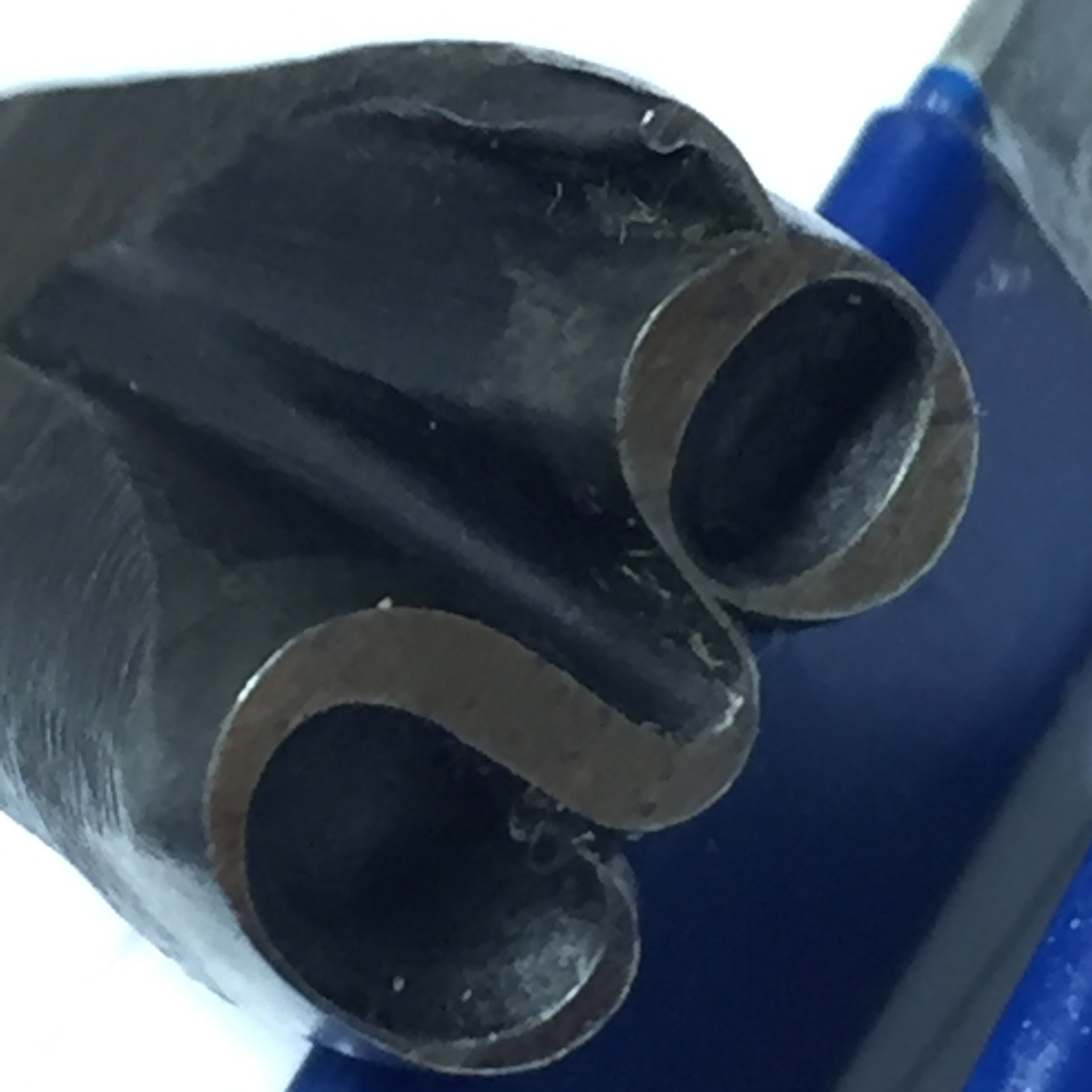Hebrew type / German face: designing Israeli identity in Berlin’s linguistic landscape
Doctoral Candidate: Nitzan Chelouche
Funded: European Forum’s Doctoral Scholarship Programme; Hebrew University President’s Scholarship
Supervisors: Prof Gili S. Drori, Dr Caroline Archer-Parré
This PhD project is an interdisciplinary investigation of Hebrew typography in Berlin’s linguistic landscape. It includes both historical research and contemporary fieldwork, and is informed by theory and methodology from the fields of graphic design, sociology, and linguistics. Typography is a fundamental visual element of public space; no subway station or trendy coffee shop would be complete without it. Its prevalence, however, can be misleading. Unlike the letters of the alphabet most of us learned at school, typographic literacy does not increase the more signs we read. And so, typography remains ‘hidden in plain sight’. The typefaces we see around us, in academia often Times New Roman or Arial, are the product of careful design. An artifact caring both cultural and artistic significance, also protected by copyright law. Thus, typography is, as Banahm suggests, erroneously perceived as an objective medium devoid of authorship rather than a concise visual presentation of intricate data. Banham further suggests that stripping away typography’s purely informational layer ‘opens up the possibilities for engagement with cultural concerns’ inevitably becoming ‘a signifier of social history, economics and politics.’ Exposing the cultural layers of typography is the driving force behind this research project. Specifically, the cultural layers of Hebrew typography in Berlin. From the inception of the first modern Hebrew typeface in Leipzig in 1908, through political propaganda revolving type in the 1940’s, to present-day Israeli owned café’s bearing signs in Hebrew, the story of Hebrew typography in Germany is deep and multifaceted. It posits Banham’s argument of ‘usage over time’ as ‘a key factor in the absorption of typographic identity’ which ‘links geographic space (place) with temporal space (time).’. In Berlin, Hebrew typography is found among two major groups: Israeli immigrants and German-Jews. Following Banham’s claim I hypothesize that certain Hebrew typefaces may (or may not) have been culturally absorbed within each group to the point where they have become signifiers of that particular group. For Israelis living in Berlin typography may exude a sense of place (Berlin) rather than national sentiments, or connection to a wider Jewish culture, as in the case of German-Jews. In essence, this research will investigate the ‘spatial connection’ and ‘social connection’ of Hebrew typography in Berlin.
This research considers the relationship between typography and culture by looking at Israelis living in Berlin. The story of Israelis in Berlin is diverse; some of them are descendants of German-Jews, and some of them are not. Others are actively working to establish a unique Hebrew culture in Berlin through literature and publishing, distinct from Germany’s long standing Jewish community. A unique Hebrew culture had already emerged in Germany in the early twentieth century: with the publication of the typeface Frank-Rühl in 1910 Germany in fact became the birthplace of modern Hebrew typography.
The main research question to be addressed is therefore: how do Israelis living in present-day Berlin utilize typography to express social/cultural identities in Berlin’s linguistic landscape?




